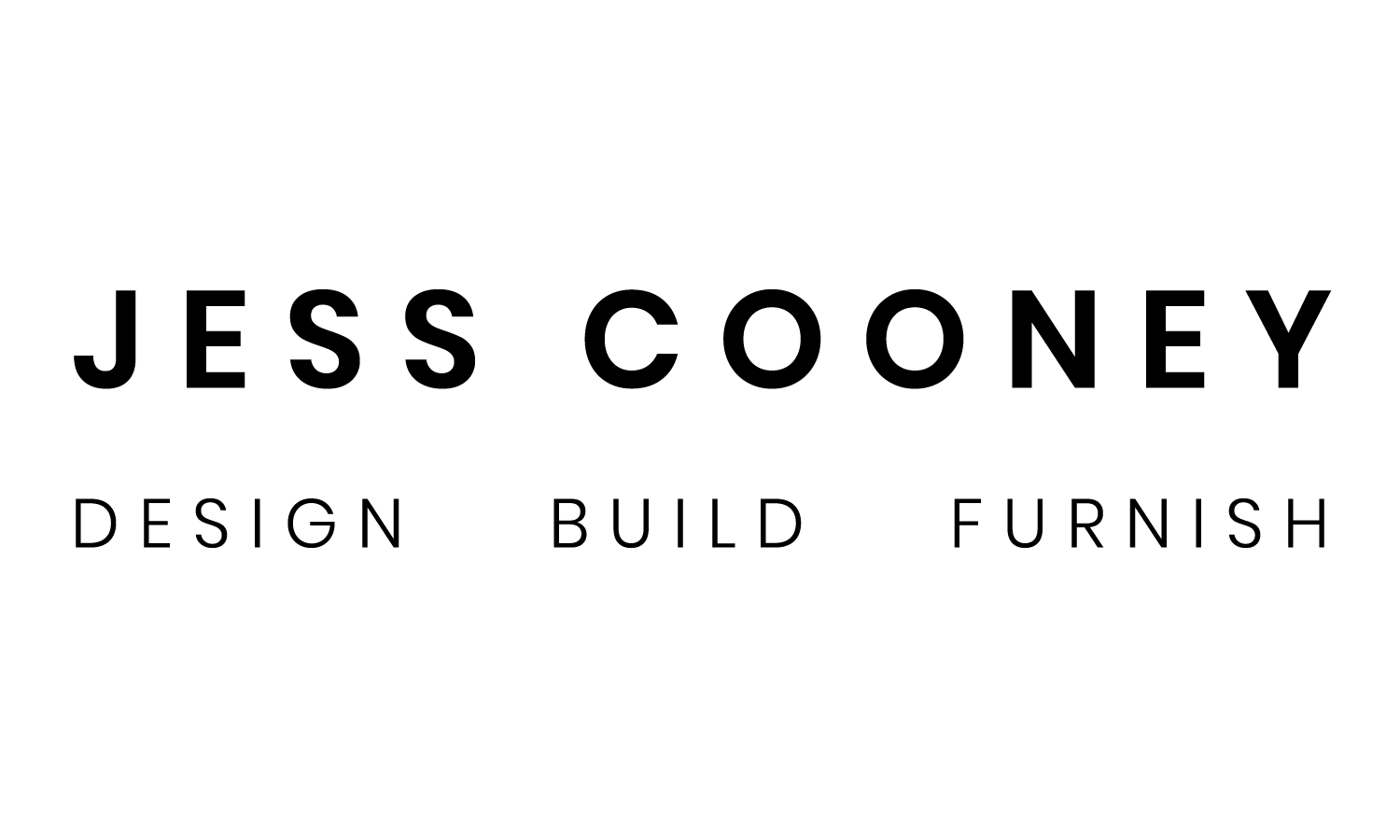If you’ve ever moved into a new home or you’re ready for a refresh, you may have considered using an interior designer. This can feel intimidating for many, if they feel like your budget isn’t high enough or they’ll end up working with someone who won’t understand their vision or style. For these reasons and so many more, we wanted to consult an expert, who could shed some light on having the best experience when working with a designer for the first time. Whether you have your Pinterest boards ready to go or you’re just getting started finding inspiration for your next project, designer, Jess Cooney, shares her top tips for achieving the best results. Read on to discover Jess’s top things to know!
What should a client expect when working with a designer for the first time? What should they expect from the process?
When a client works with a designer for the first time, it’s important to fully understand their process, their team, how they work, and how they bill. Designers vary in their processes and their billing practices for their services, so it’s important to have a full understanding. It’s also important to feel that you can trust the designer you are working with and that they have taken the time to get to know you and your family well, so that their designs are reflective of you and your needs, as well as your overall goals.
When it comes to gathering inspiration photos from Pinterest, Instagram, etc., what do you recommend?
I love to get images from clients to view. We can often see patterns in their choices and what they are drawn to. It’s important not to be too literal about the images you use for concepts, but it’s a great conversation starter and helps to create some running themes throughout the spaces. I recommend clients pin anything that peaks their interest and not worry about how it will be used. It’s just great insight!
What are your tips for clients preparing for their first construction project?
To prepare for a construction project I advise clients to set aside an additional 15% to 20% on top of their budget, for things they may want to add along the way. When the construction starts, there are options for adding in sound systems or floor warming systems in bathrooms, etc. and sometimes clients realize, that when the walls are open and the house is stripped down, there are so many other possibilities that can happen. Sometimes this leads to changes in the overall scope. We also tell clients that if the construction is a renovation, there may be unknowns that can happen, when we are opening up walls. In historic areas of the country, we often don’t know what we will find, when we open up walls. Older homes were often framed inadequately for the new codes and we have to bring these areas up to code, before closing the walls back up. We let clients know this can happen.
How should clients approach a design and construction budget? How should they budget and plan for furnishings and decor?
Creating a budget can be a very stressful process, but once it’s done and agreed upon, it makes the rest of the design process so much smoother, if all parties are on the same page. There are certain numbers you can go by per square foot for different parts of the country, for your average price to renovate. That is often a great way to budget. For furnishings, we recommend that people put aside money for special items that are one of a kind or vintage and then mix in various levels of finish with those items. You get a great mix of modern and vintage and a “traveled” feel to the space, which adds interest and a layered feel. We will often help the client budget for a mix of price points on furnishings.
How can a client avoid delaying the design process and what are some tips for making the process go as smoothly as possible?
I think the number one way a process can go smoothly is if a client trusts the designer. Often the designer will discuss a budget and a plan and it often takes many rounds of ideas and planning to come to this original thought but the client has to be able to really trust that the designer is looking out for your best interest and that their budget is fair and their designs are durable and functional for their family as well as beautiful.

